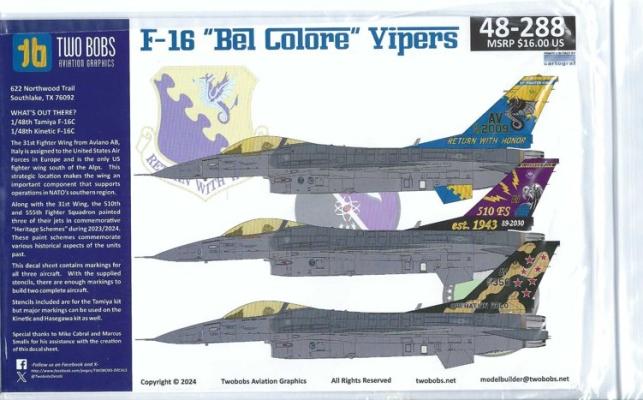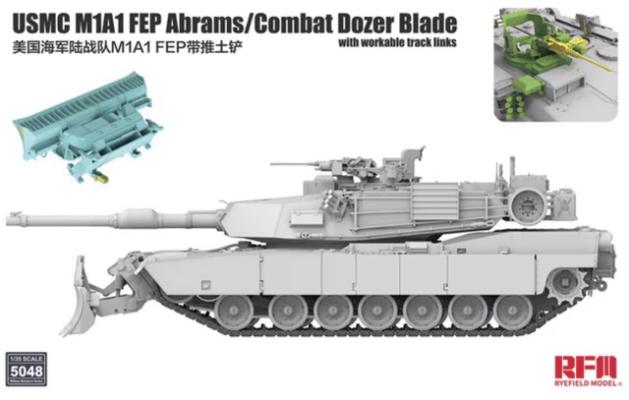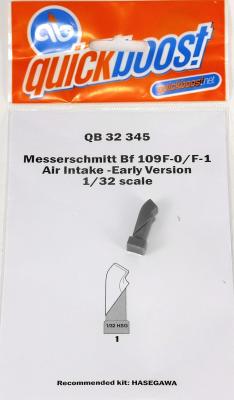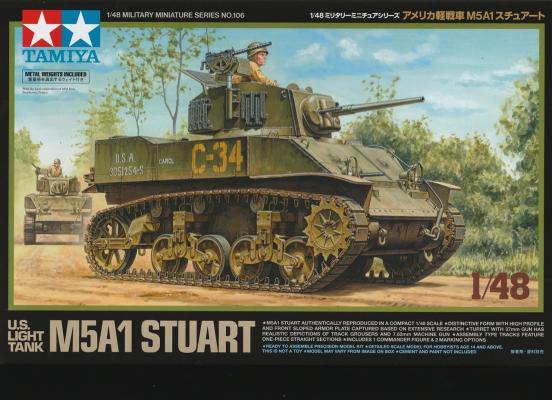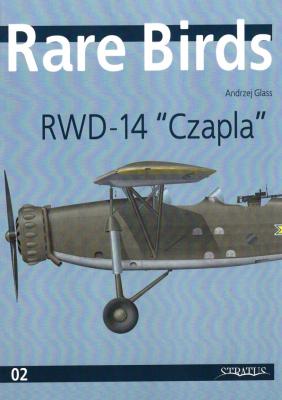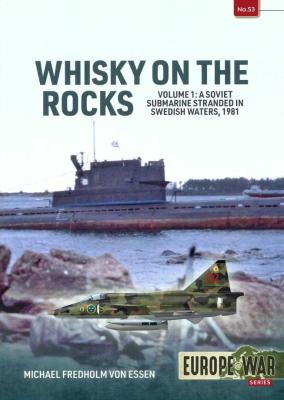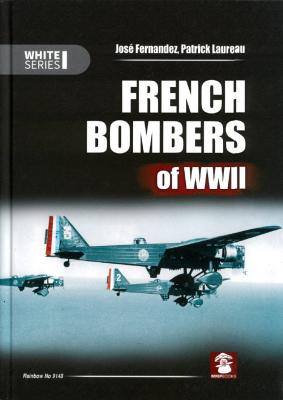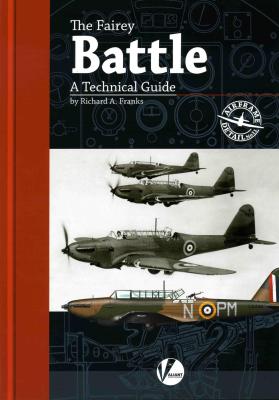Bob Sanchez has been in or around the military all his life. He was an "Air Force Brat" and credits his mom with getting him addicted to plastic modeling and airplanes. At the age of 10, Bob's mom came home with a Revell 1/32 scale P-51B and signed him up for the Military Book Club. From that point on, he was hooked! Bob Sanchez was in the USAF for 11 years as an Airborne Instrumentation/Telemetry Technician and flew on the Advanced Range Instrumentation Aircraft as a Chief Flight Examiner. He finished his enlistment with Project Speckled Trout as a Flight Test Engineer performing airborne Comm/Nav testing on the Air Force Chief of Staff airplane. He has over 1,200 flight hours in numerous aircraft to include the C-135C, EC-135E, EC-18B/D, E-9A, NASA 757, F-16C, F/A-18B, King Air, MH-53 Pave Low, Bell Jet Ranger and OH-6 Cayuse. Currently Bob is the Business Development Manager for a major aerospace defense contractor.
Reviews
Historical and Reference Notes
There are any number of articles about the Abrams tanks, as it was used widely in the Gulf wars and is still being refitted and continually upgraded in the US Army and the US Marine Corps (though the USMC has now traded theirs and discontinued their use of tanks). It was a significant improvement to the M60 series tanks which it replaced This is the culmination of years of research and started in the early 90’s to build over 4600 Chobham armored Abrams tanks (with approximately half of them now in storage). These heavy tanks have almost all been upgraded in several packages each of which have some unique design qualities (including the M1A1, M1A2 SEPv2, and the most advanced M1A2 SEPv3). There are also a total 10,000 Abrams that have been produced worldwide. They range in weights over 147,200 pounds (66.8 tons) and can weigh up to and over 170,000 with added armor and protection details.
Congratulations to ICM on releasing a unique kit not available in styrene in any scale. The first release of this kit was the ICM 1/72 ZiL-131 with Trailer Armed Forces of the Ukraine (Kit No. 72817), reviewed here by fellow IPMS/USA reviewer, Marc K. Blackburn. For those who want an individual trailer to pair with another Soviet-era truck, this is the kit for you.
Reference the ICM website,
The most notable Bf-109F-0/F-1 is Adolph Galland’s machine in which he delivered lobsters to a birthday party for Theo Osterkamp. It was one of the earliest Friedrichs. Besides the lobsters the one thing that was unique about this aircraft was the squared off intake for the aircraft. Not the same as the Emil type, but entirely different. I’ve never seen it available before in 1/32nd scale. Werner’s Wings has it in 1/48 but not 32nd scale.
The Hasegawa 1/32nd scale Bf-109F is a very good kit. I’ve built a few of them. This easy conversion piece is a welcomed addition to the 109 line of accessories.
Contained in the usual resealable packaging is a single piece of light grey resin that is flawlessly cast on a single mounting block. Removal is simple as using a saw blade and carefully removing it. Then it is a drop fit for the engine air intake on the kit. No fuss, no muss.
I’ve built a few Tamiya armor kits over the years but never one of their new 1/48th scale kits. I thought that I would dip my toes into Tamiya’s quarter scale pond with their new U.S. Light Tank M5A1 Stuart. By the time the M5A1 entered service it’s 37mm gun was no longer effective against German armor. However, the M5 still saw extensive service in all theaters of the war until its end. The Stuart had the advantages of having speed, reliability, mobility, and transportability, and were available in large numbers. The Stuart was used effectively for scouting and infantry fire support.
The kit includes four trees of olive-drab plastic, instructions, decals, polycaps, thread for simulating the tow cable, and two steel weights. The kit depicts a relatively early version of the M5A1 with disk road wheels, without the turret machine gun shield, no sand shields, and no rear stowage bin.
These kits have been around long enough now for me to say it’s the best of its kind in this scale. Since I’ve covered the basics of its construction in a previous review for this site, I’ll focus on details specific to this release. The primary feature of this kit is the inclusion of M-10 rocket or “Bazooka”, tubes. A separate runner of parts contains the tubes and the two types of mounting hardware. Also included are templates to locate the mounting holes on the wings. The quality of these parts is on par with the rest of the kit.
Three different marking options are included on the decal sheet as follows:
Illustrated by Andrzej M. Olejniczak
Stratus goes back to 1991 when they launched Fanatyk Plastiku for modelers in the Polish market. The original editorial team included Marek Bronkowski, Wlodzimierz Debicki, Artur Juszczak, Dariusz Karnas, Robert Panek, and Robert Peczkowski. A collaboration with MMP in 1997 later expanded into book publication in 1999 with Stratus, and since then they have built up a list of hard- and soft cover titles on aircraft and aviation, naval, military vehicles, and military history. Stratus / MMPBooks are distributed in North America by Casemate Publications.
Helion is a UK-based company that produces books on many aspects of Military History from the Late Medieval period through to the present day. Helion was established in 1996 by University of Warwick graduate Duncan Rogers. Since then, they have published over 1,200 books, with 100 or more new titles coming out every year for readers around the world.
One of the latest in Mushroom Model Publications’ White Series, French Bombers of WWII, follows up an earlier volume on French aircraft, 2013’s French Flying Boats of WWII. MMP is calling this book part of their "Rainbow Series." I am guessing that it refers to their large format camouflage and markings set of books in their "White" series that have addressed Bulgaria, Finland, Hungarian, Poland, Portugal, Romania, Russia, and Sweden. This series seems to share a commonality of discussing the specific topic of the evolution of a country's evolution in markings. To that end, this book utilizes many previously unpublished pictures and focuses on individual aircraft and is supplemented with superb color illustrations.
From the Valiant Wings Publishing website: Our eleventh title in the Airframe Detail series is an essential companion for anyone tackling the 1/72 scale kit from Azur-Frrom, the Trumpeter example in 1/48 scale, or even one of the older toolings.
Contents include:

